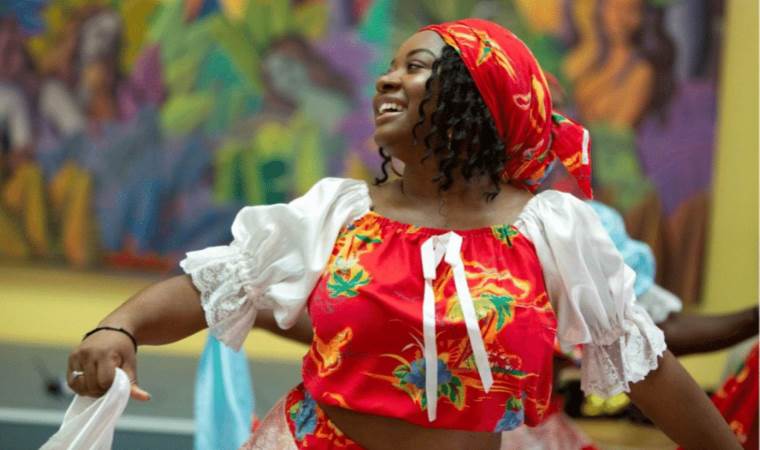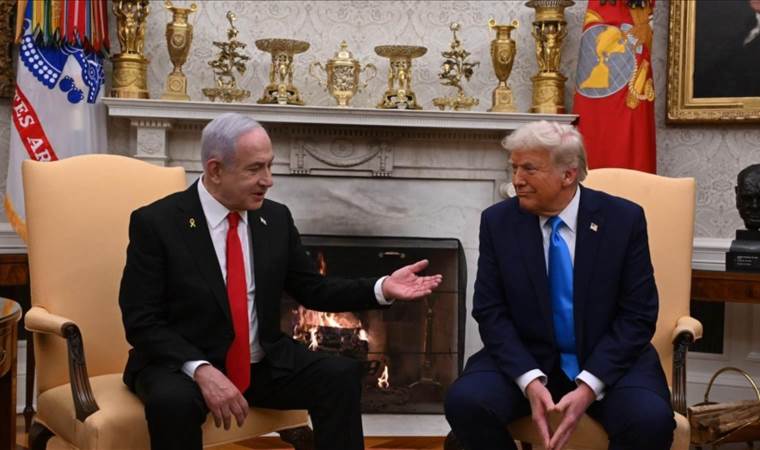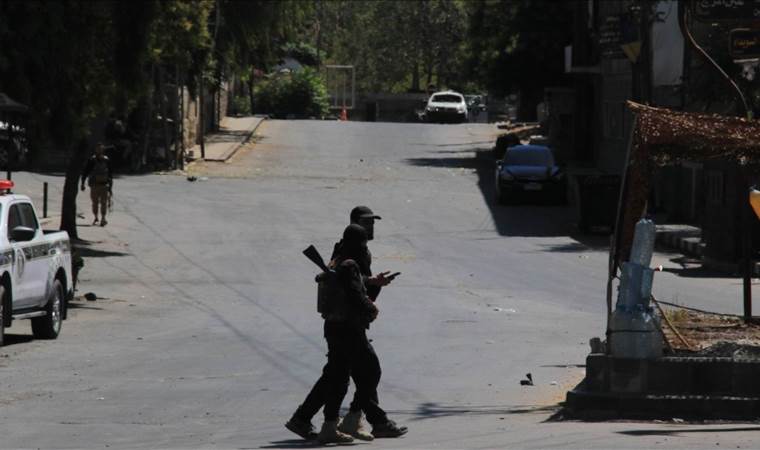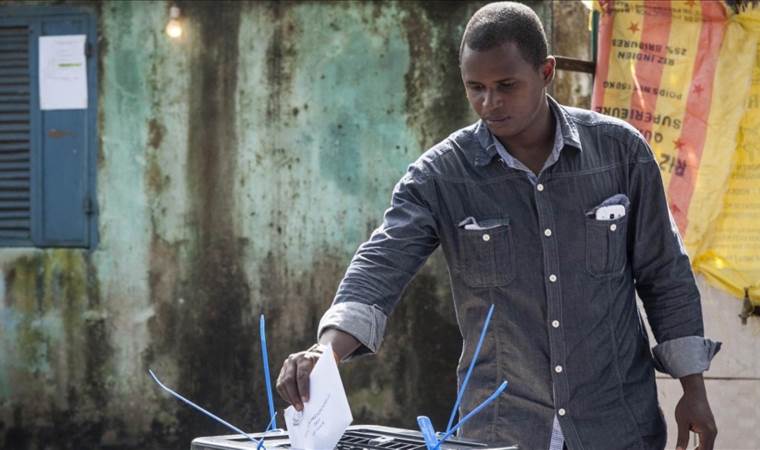Miami's language fusion: Shaping identity
In the vibrant streets of Miami, a fascinating linguistic phenomenon is quietly taking root, shaping conversations and weaving a tapestry of cultural exchange.

This newfound dialect is not merely a product of chance but rather a testament to decades of immigration and cultural intermingling. With a majority Hispanic and Latino population, Miami serves as a melting pot where languages converge and evolve. Here, English and Spanish intertwine, giving rise to a linguistic hybrid that is as dynamic as the city itself.
At the forefront of unraveling this linguistic marvel are scholars at Florida International University, who have dedicated years to studying its nuances. According to Professor Phillip M. Carter, Director of the Center for Humanities in an Urban Environment, Miami's English dialect is a testament to the fluid nature of language, shaped by historical and social forces.
"This variety we have been studying... is characterized by some unique but ultimately minor pronunciations, some minor grammatical differences, and word differences, which are influenced by the longstanding presence of Spanish in South Florida."
One of the most intriguing aspects of Miami English is its use of calques—direct translations of Spanish phrases into English while retaining the original structure. For instance, "bajar del carro" becomes "get down from the car," a departure from the typical "get out of the car" found in other American English dialects.
But what makes this dialect truly remarkable is its widespread adoption, not only among bilingual speakers but also by native English speakers. As Carter notes, certain phrases have seamlessly integrated into everyday speech, blurring the lines between linguistic boundaries.
In a groundbreaking study conducted by Carter and linguist Kristen D'Allessandro Merii, the unique characteristics of Miami English were brought to light. Through interviews and evaluations of typical dialectical sentences, they uncovered a fascinating dichotomy: while the dialect felt natural to Miami residents, it appeared alien to those outside the region, highlighting the subtle nuances that define linguistic identity.
Yet, despite its linguistic complexity, Miami English often carries a stigma outside its native habitat—a stigma that Carter is determined to dismantle. For him, Miami English is more than just a dialect; it's a reflection of home, identity, and community—a language to be celebrated, not stigmatized.
As Miami continues to evolve, so too will its language—a testament to the enduring power of cultural exchange and the resilience of linguistic diversity. In the bustling streets of Miami, amidst the rhythmic cadence of conversation, a new dialect emerges—one that speaks volumes about the city's vibrant soul and its unwavering spirit of inclusivity.
Most Read News
-
 Russia, Ukraine accuse each other of overnight airstrike
Russia, Ukraine accuse each other of overnight airstrike
-
 Israeli prime minister departs for US to meet Trump
Israeli prime minister departs for US to meet Trump
-
 1st phase of Myanmar elections concludes
1st phase of Myanmar elections concludes
-
 Syria announces arrest of ‘terrorist cell’ member in Lat
Syria announces arrest of ‘terrorist cell’ member in Lat
-
 Polish premier condemns Russian strike on Kyiv, urges st
Polish premier condemns Russian strike on Kyiv, urges st
-
 Guineans vote in presidential election with coup leader
Guineans vote in presidential election with coup leader
-
 Cambodia-Thailand border calm for 2nd day following ceas
Cambodia-Thailand border calm for 2nd day following ceas
-
 Illegal Israeli settlers damage Palestinian properties i
Illegal Israeli settlers damage Palestinian properties i








